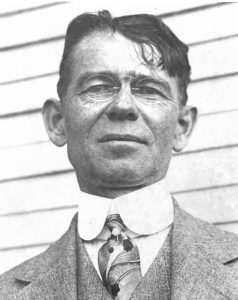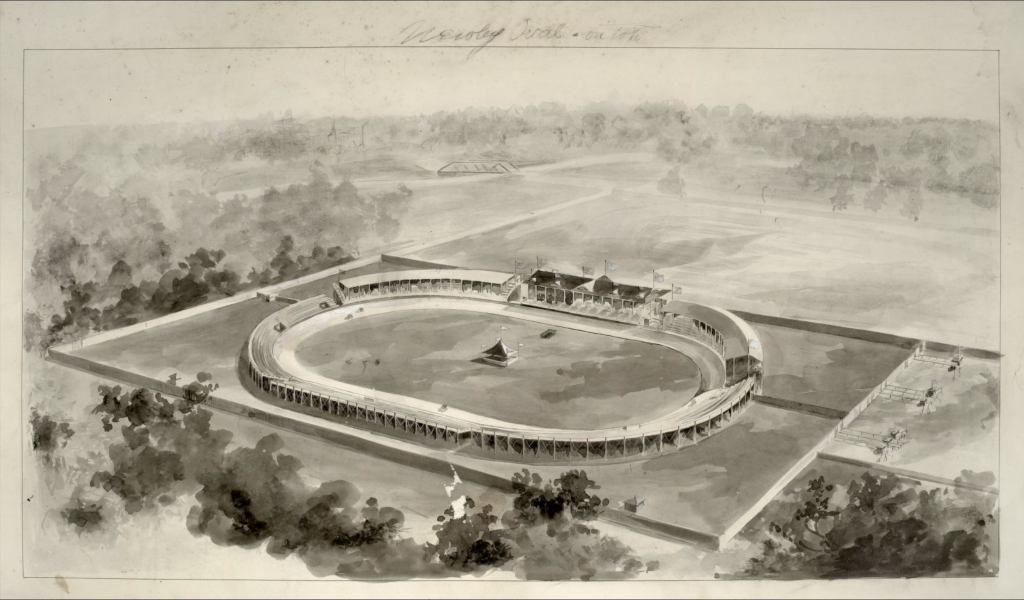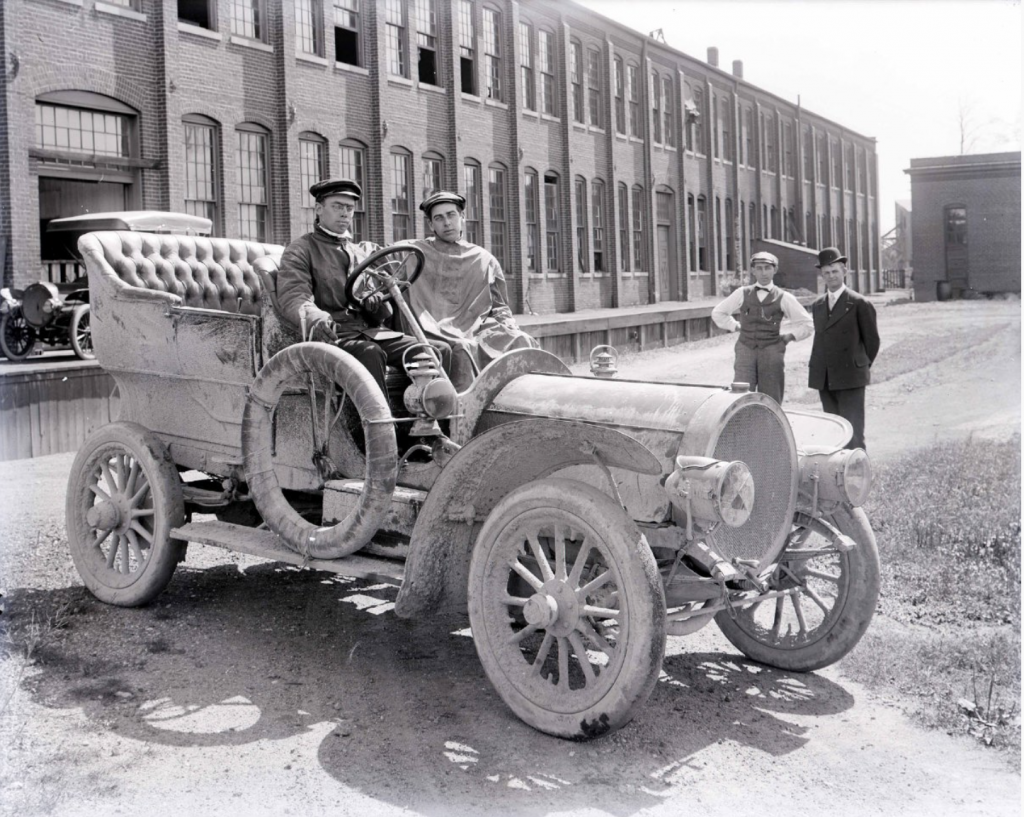
Photo info ...
Credit: Indiana University IndianapolisView Source
(Dec. 29, 1865-Sept. 11, 1933). Born on a farm near Monrovia, Indiana, Newby came to Indianapolis around 1881 seeking employment and eventually settled in at , where he worked his way from office boy to middle management.

Succumbing to the craze that swept the country in the late 19th century, Newby helped found the Zig-Zag Cycling Club in 1890. The club’s signature event that debuted in 1891 was held on Decoration Day (Memorial Day).
That same decade, along with Charles E. Test and Edward Fletcher, Newby formed the Indianapolis Chain and Stamping Company, precursor to the . By the end of the 1890s, the company was supplying about 60 percent of American-made bicycle chains. Newby was also associated with the Hay and Willits Manufacturing Company, makers of Outing bicycles, from 1894 to 1899.

Newby became heavily involved in the promotion of bicycle racing with the construction of the in 1898, a quarter-mile wooden track set on 15 acres near Central Avenue and 30th Street. , another member of Zig-Zag, served as architect, working with the same athlete who had planned the velodrome at Madison Square Garden. The course featured banked curves, a grandstand, two amphitheaters, and reportedly could hold more than 8,000 spectators. It was considered one of the best velodromes in the country. Among Newby’s other partners in this venture were and , both of whom he later joined in founding the in 1909. All of them were Zig-Zag Cycling Club members, and they continued their Memorial Day racing tradition with the .
By the turn of the century, Newby had redirected his attention to automobiles, founding, with others, the Motor Vehicle Company, which built first electric, then gasoline-driven cars. In later years, Newby, who never married, became known as the “quiet philanthropist,” giving several hundred thousand dollars without fanfare, primarily for hospitals and higher education, most notably Riley Hospital for Children, Butler Hospital, and Earlham College.

Help improve this entry
Contribute information, offer corrections, suggest images.
You can also recommend new entries related to this topic.